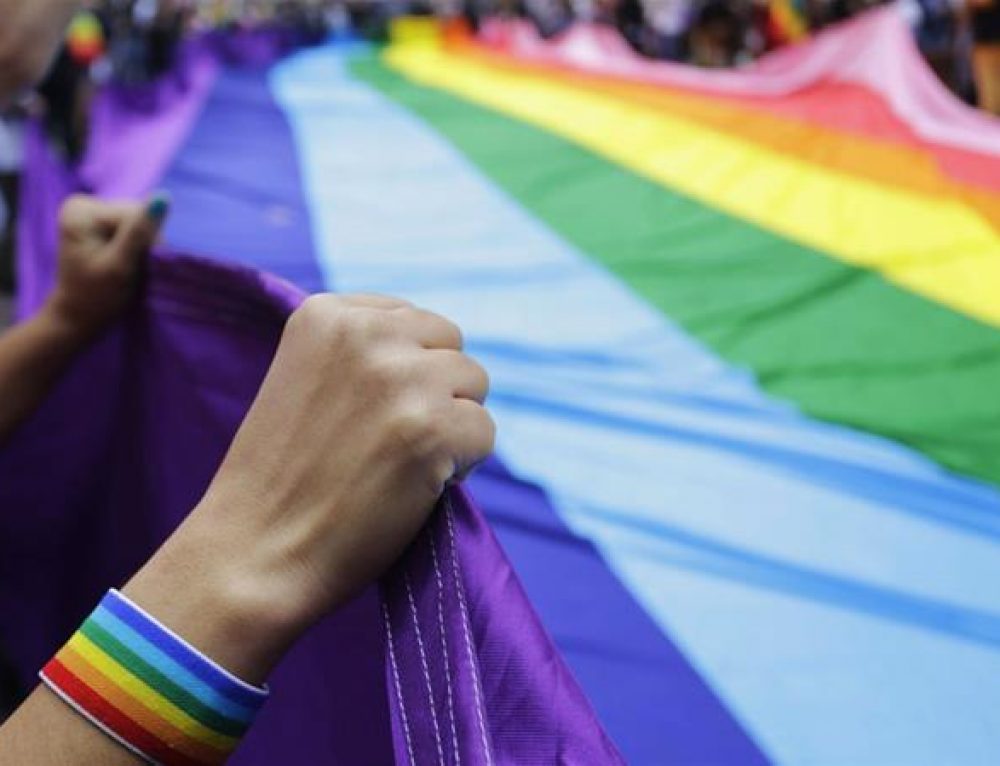The ruling in the Supreme Court that forbids the firing of employees for being gay or transgender on civil rights grounds a historic moment for the country and its civil rights.
The fight for equal rights has been a long one.
In a 6-3 decision, the Supreme Court said on Monday that federal law, which prohibits discrimination based on sex, should be understood to include sexual orientation and gender identity. Title VII of the Civil Rights Act of 1964 forbids employers from discriminating against employees on the basis of sex as well as gender, race, color, national origin and religion. Yet while some states in the US had already explicitly extended such protections to LGBT workers, many have not. Lawyers for employers who opposed the move had argued that the authors of the 1964 Civil Rights Act had not intended it to apply to cases involving sexual orientation and gender identity. The Trump administration supported this argument.
“An employer who fires an individual for being homosexual or transgender fires that person for traits or actions it would not have questioned in members of a different sex,” wrote Judge Neil Gorsuch, who ironically was nominated to the court by President Trump.
An historic moment
Monday’s court decision resolves three cases brought by people who said they had been fired after their employers learned they were gay or transgender.
Ms Stephens had previously presented as a man at work for six years before writing a letter to colleagues saying she would return to work “as my true self, Aimee Australia Stephens, in appropriate business attire.” Two weeks later, Ms Stephens was fired for insisting in working in women’s clothes. The funeral home owner Ms Stephens worked for said in a court filing that he wanted her to comply with a dress code “applicable to Stephens’ biological sex.”
In another of the cases, Donald Zarda, a skydiving instructor from New York who died in 2014, was dismissed after joking with a female client with whom he was tandem-diving not to worry about the close physical contact because he was “100% gay.” Gerald Bostock, a former child welfare services co-ordinator from Georgia, lost his job after joining a gay recreational softball league, publicly revealing his sexual orientation.
While the Supreme Court is establishing a reputation for decisions expanding gay rights, this is the first time it has ruled specifically on legal protections for transgender individuals. It also comes just days after the Trump administration announced it was removing transgender health-insurance protections. Transgender rights has become a fiercely divisive political issue, and a majority of the Supreme Court just announced which side it’s on.
Here are some other landmarks in the history of LGBT rights in the United States:
- Jan 1958 – US Supreme Court rules for first time in favour of LGBT rights, saying an LGBT magazine, deemed obscene by the FBI and postal service, had First Amendment rights
- July 1961 – Illinois becomes first state to decriminalize homosexuality
- June 1969 – Protests begin after police raid Stonewall Inn in New York City, now seen as start of gay rights movement
- Sept 1996 – President Clinton defines marriage as union between “one man and one woman”
- June 2003 – US Supreme Court determines sodomy laws to be unconstitutional
- Oct 2009 – Democratic President Obama signs Matthew Shepard and James Byrd Jr Hate Crimes Law, expanding hate crime laws to include sexual orientation
- June 2015 – US Supreme Court rules 5-4 that same-sex marriage is legal across the country
- June 2016 – The Pentagon lifts its ban on transgender Americans serve in the military
- March 2018 – Republican President Trump issues a policy banning transgender Americans from serving in military












